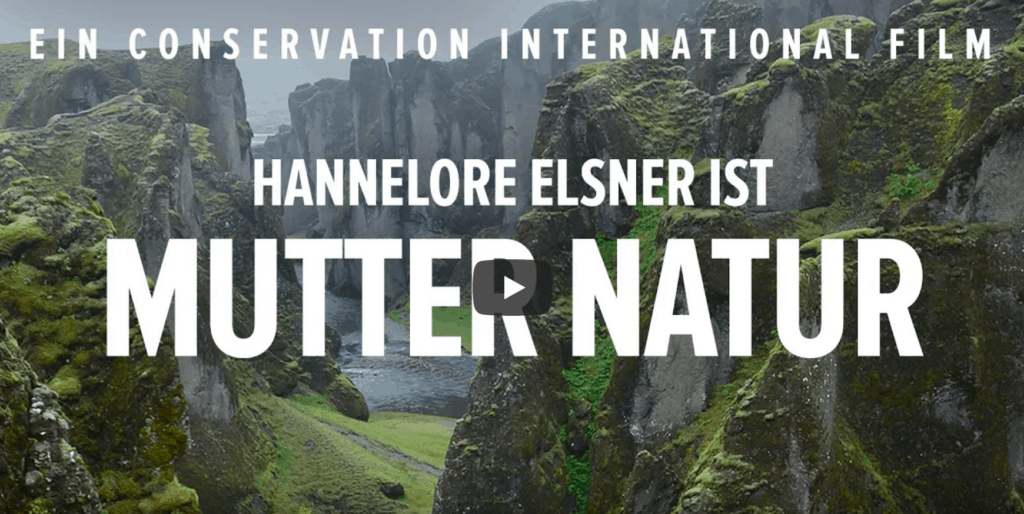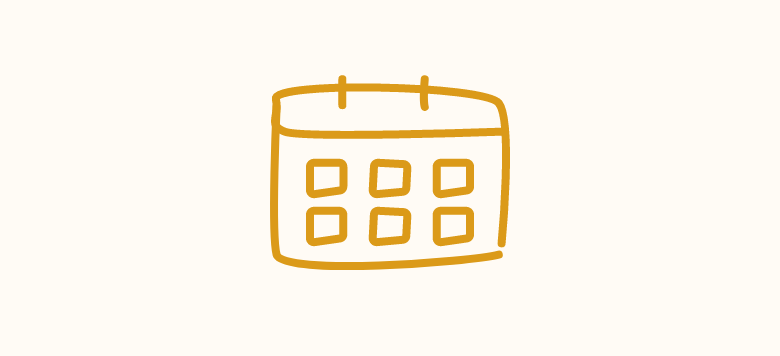Environment Centered UX methods – Sustainable Personas, User Journeys and more

As UX designers, there were times when everyone swore by the User Centered approach. Then to the Human Centered UX. But why not try something new? With an environment centered approach. Environment Centered UX. Not the user is in the center. Not even the human being. But all living beings as well as ecosystems equally. Following the idea of the book “Ismael” (by Daniel Quinn). To design in a climate-friendly, sustainable and “green” way.
What is Environment Centered Design and UX?
Environment Centered Design no longer focuses on the user or people in general. Rather, it is a large ecosystem. A circle, instead of a pyramid. The way it really is.

Environment Centered UX takes this planet-centered idea and extends traditional UX methods such as personas or user journey mapping. So that there are not only people as stakeholders. But also our nature.
You can see nature as a whole or individual ecosystems from it. For example, oceans, animals, forests, parks, cities or communities.
Additionally, different stages of a business can be considered.
- If an entire business is considered, then all manufacturing steps from material, to production, to distribution, to marketing, to use, to second hand use, to recycling are included.
- If only one part is considered (e.g. a web page), a lot is of course omitted. However, consider that a website also has a negative impact. For example, higher internet usage, shorter product cycles, higher emissions, more consumption, more waste, less environmental awareness, dark patterns (use of texts and other elements to encourage users to consume more and, for example, to lure them into subscription traps), etc.
Imagine …
Forests, trees, streams, oceans, insects, mammals, bushes, bogs, mountains, valleys, rivers, fish, jungles, reptiles, corals, seasons – all of these and so much more are part of our multi-faceted natural world.
Close your eyes for once and imagine all that. In all its glory. With all colors and shapes. With all the scents and sounds. With all the problems and dangers.
Need some inspiration for this? Check out this short and beautiful video about Mother Nature (click on the image to open YouTube).

What familiar UX methods can be linked to the Environment Centered approach?
A lot of them. The best known are probably personas, user journeys and empathy mappings. And beyond that, there is no limit to your imagination. All possible canvases and empathy methods can be modified and extended to non-human stakeholders.
Yes, not all UX methods can be used just like that for the environment-centric approach. Let’s assume to use as non-human persona “Mother Nature”. The age can still be answered, the job too. But the marital status is rather difficult. Needs and wishes “Mother Nature” can be answered again though. Just modify the methods according to the usefulness of the questions. If you want to dig deeper, then head over to my blog post about Environment Centered Personas.
How can the methods be integrated into projects?
Planet Centric methods can be used like all “regular” UX methods. At best in early stages of the project. But even at later points in time, a lot can be taken out of it.
Do you already have personas, customer journeys or other UX tools in your project? Then try to extend them with one or two more non-human personas or customer journeys.
Isn’t that highly hypothetical?
Yes and no. Sure, there’s no way to interview Mother Nature, moose, oceans and cities.
But
- search for facts in the web.
- interview scientists and environmentalists.
- go out into nature. And just observe.
For everything else, the same applies as for the “regular” UX methods.
- Refine them more and more.
- Let it develop actively.
- Research, evaluate facts, don’t get involved in stereotypes, don’t leave it at hypotheses.
- Don’t build personas, customer journeys, empathy maps and the like that best fit your desires and/or your product. Be honest!
Conclusion
Climate friendliness in UX was elusive to me for a long time. I just didn’t know how to integrate nature, the planet and our ecosystems into my UX work. But tataaa, it works. And it opened up completely new perspectives for me. It might feel a bit unfamiliar at first, but then … wow, it opens up so many new ways of thinking. So try it!
Would you like to create Environment Centered Personas, Customer Journeys and Empathy Maps together?
Then let’s work together. For example, in the form of an Environment Centered Workshop.
And now?
How does it feel to you? Is it something you want to implement in your work? What UX methods would you like to try using the environment-centric approach? Drop me an email, an Instagram comment or a LinkedIn message. I’m super excited to hear your thoughts on this. And your ideas.
Plus, discuss this method with your team, with your colleagues, with other UX designers. Spread the word. Because that’s the only way we can learn from each other and share new ways.
Sunny greeting,
Sandy
Sources and other articles worth reading
Blog articles about “Environment Centered User Journey Maps” and “Mother Nature as a Persona” on my blog
Video “Mutter Natur” on YouTube
Monika Snezl Non-human persona
Monika Snezl Actant Mapping Canvas
Damien Lutz Holistic Design Toolkit
Vincit Planet centric design
Threebility Sustainable Business Model Canvas

Hi, I’m Sandy, the author of this blog and a UX/UI Designer with 10+ years of experience. I founded Green the Web in 2019 to share my passion, ideas and vision of a sustainable web with change makers like you. Let’s connect on LinkedIn or on Instagram @greentheweb to discuss and share ideas.

Sign up for the newsletter
Get the latest green web hacks, business insights and news directly into your inbox. Usually sent once a month.

Sustainable best practices
Get inspired by lightweight, user-friendly, aesthetic and sustainable UX/UI designs of the web.

My favorite resources
Scroll through my favorite articles, studies, podcasts, talks, communities, books and tools on sustainable web design.



